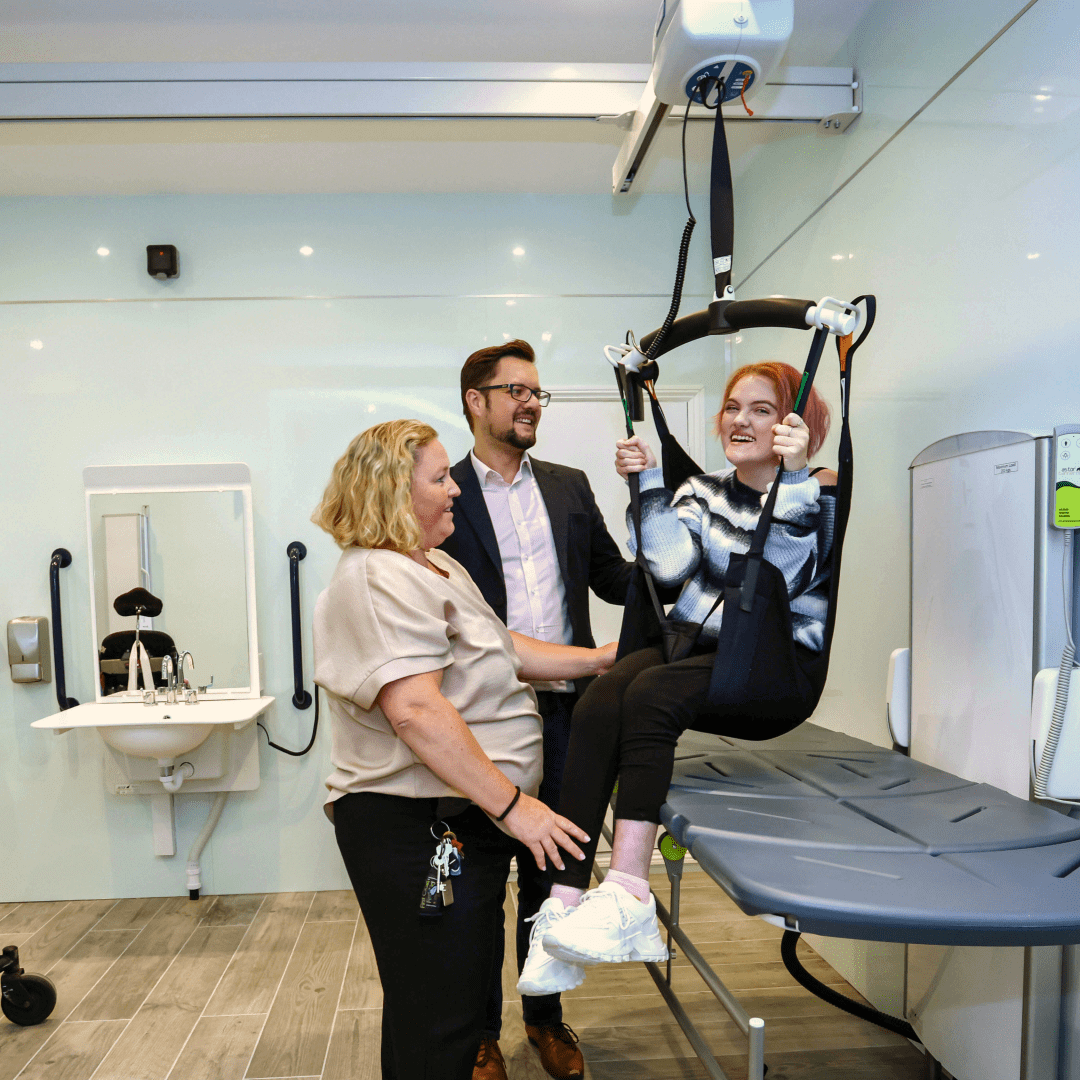SEND Schools: Equipped for Complex Needs – But Under Pressure



Mainstream Schools: Futureproofing Inclusion with Hygiene Rooms

Build Your Own Hygiene Room
-
Effortless Transfers: Our ceiling hoists, including the Astor OT200, ensure smooth, safe transfers.
-
Custom Fit: Choose from various models to suit room size and user needs.
-
Adjustable & Safe: Height-adjustable tables like the Astor CTX2-CP offer comfort and ease of use.
-
Space-Saving: Customise with side rails and accessories for added safety.
-
Wall-Mounted Convenience: The KwickScreen offers privacy without taking up floor space.
-
Customisable Design: Personalise the screen with different colours and finishes.
-
Adjustable & Accessible: The ABW-CP wash basin suits all users with its height-adjustable feature.
-
Durable & Reliable: Built to last, ideal for high-use hygiene spaces.
If you’re working with a more compact area within your school, a ceiling hoist and changing table can still make a big difference. Sometimes, something is better than nothing. The beauty of our designs is that we can work with any space to create a functional, future-proof solution that adapts as your needs grow.


Further Education & Beyond: Preparing for Life After EHCPs
Adulthood: Independent Living Starts at Home
The transition to adult life isn’t just about employment and education. It’s also about where and how a person lives. Home environments need to grow with a person’s independence—and that starts with thoughtful adaptations.
For some, this might mean:
-
Installing a ceiling track hoist to move between bed, toilet, and shower
-
Adding a wash-dry toilet or height-adjustable basin
-
Designing an accessible bathroom or bedroom from scratch
-
Creating a calm, functional environment that gives someone full control over their day-to-day life
At Astor Bannerman, we design, manufacture and install solutions across every stage of life—from education to at home adult care. Whether working with local authorities, occupational therapists, families, or architects, we tailor every solution to real needs, with dignity and independence at the heart.

A Final Thought…
Accessibility isn’t a feature—it’s a foundation. By embedding it early, in schools, colleges, and homes, we don’t just make buildings more inclusive. We make lives more empowered.
Let’s plan with the whole journey in mind.



The Value of Early Consultation
Engaging in early consultation with specialists can prevent costly oversights and ensure that facilities are precisely aligned with BB103 and BB104 standards.
Our CPD sessions provide architects with practical insights on accessible hygiene facilities, from selecting the right equipment to planning effective layouts in schools.
By connecting with experts early in the process, architects can ensure that their designs support inclusive education while maintaining budget and clarity for developers.
Read more about the structural challenges of installing a hoist and how we overcome them here.





